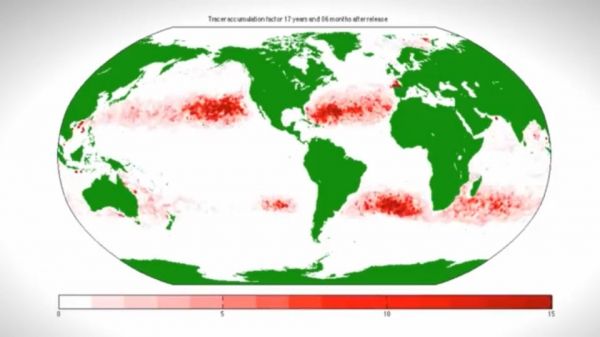Research teams from across Europe returned to a Netherlands-based ocean wave test facility to try and detect floating plastic. Using a suite of microwave and optical instruments, the researchers are assessing if orbital monitoring of plastic might be practical in the future.
“What we can say is that some of our instruments do detect increases in signal levels when marine plastic waste is present compared to when it isn’t,” explains ESA antenna engineer Peter de Maagt, overseeing the campaign.
“This result represents a proof of concept that this approach is definitely worth further investigating. This is much more than I hoped for when we first began testing last year, but we’ve gone through a steep learning curve during our work here.
“At the same time we can’t say for sure if we are detecting the plastic directly, or the signals are due to some related factor, such as indentations in the water surface caused by the floating plastic, or small ripples. What needs to come next is follow-up testing in the actual marine environment, using aircraft or drones, and if that goes well then eventually an experimental space mission.”
Continue reading at European Space Agency
Image via European Space Agency


